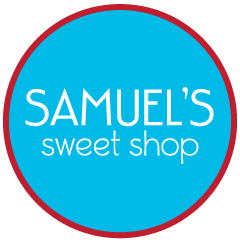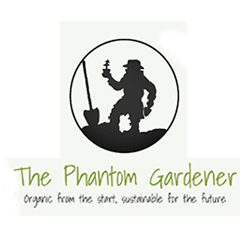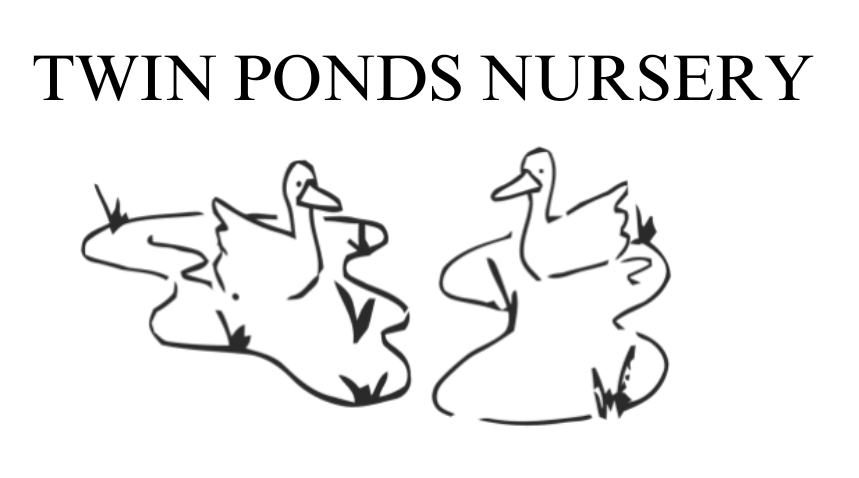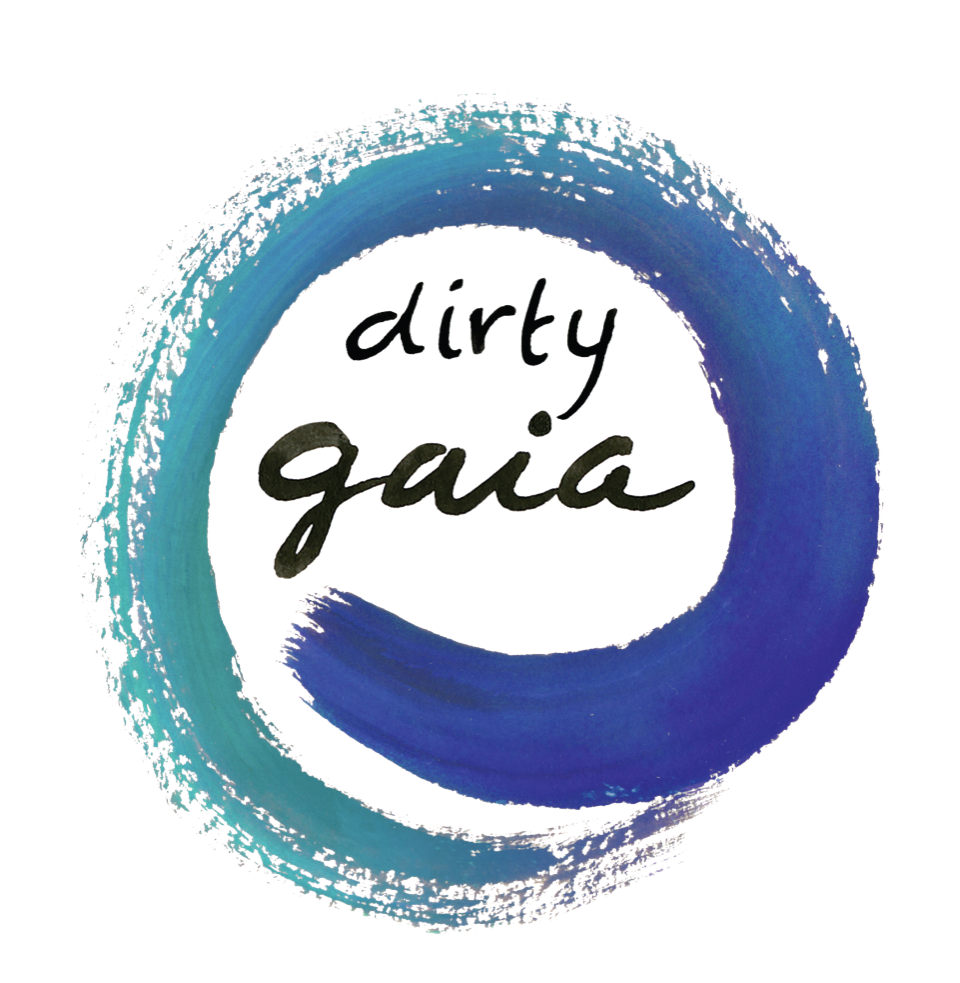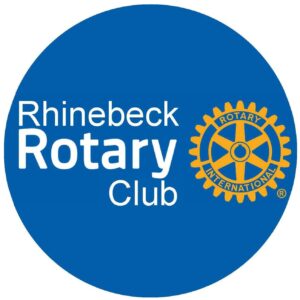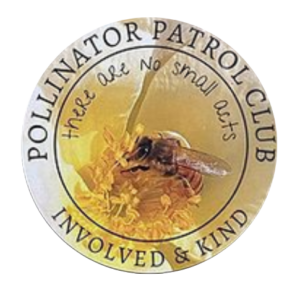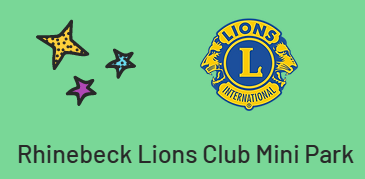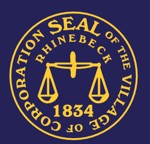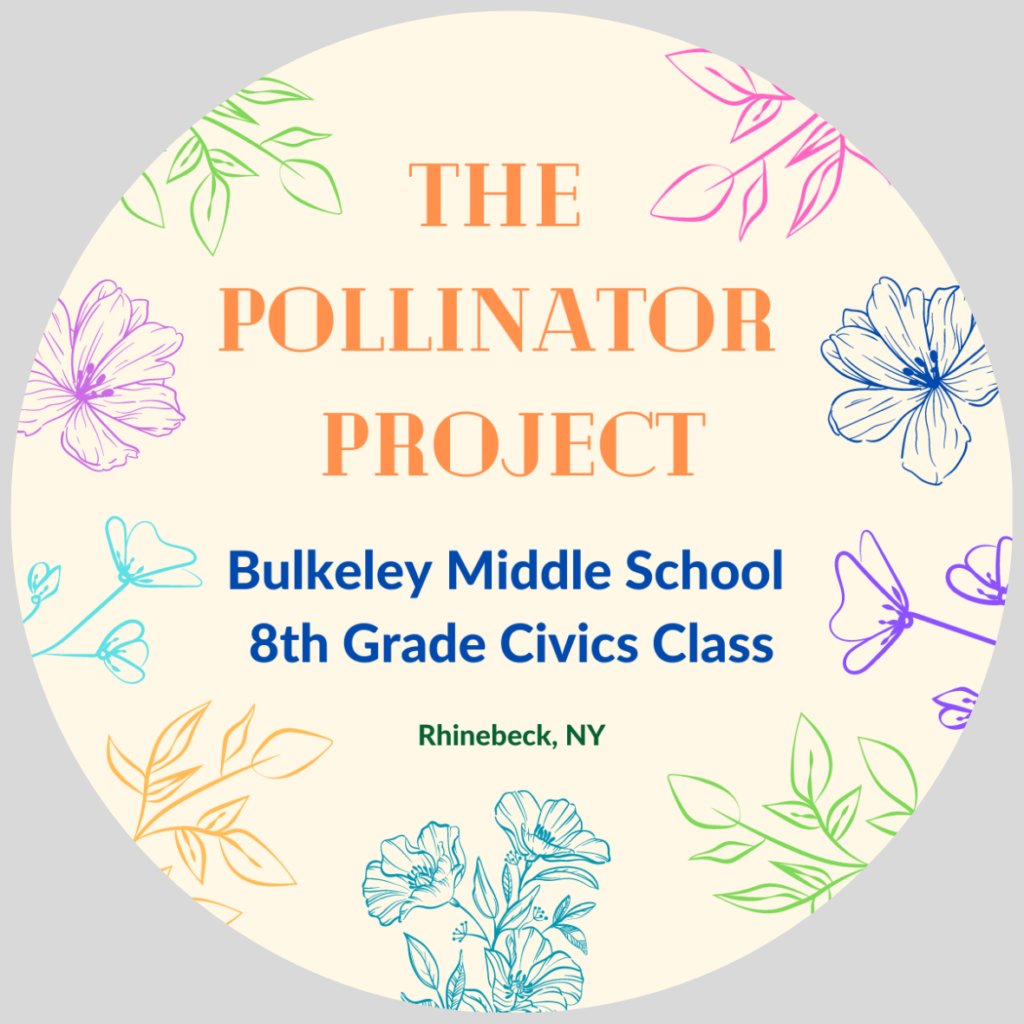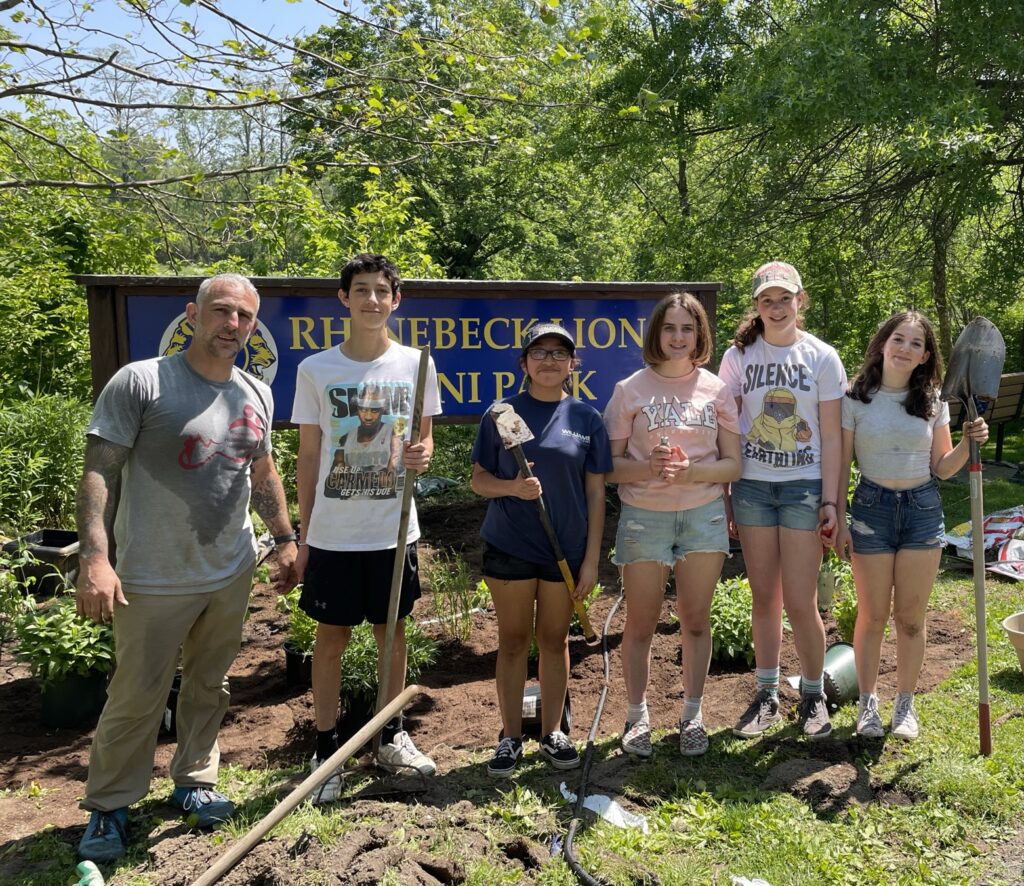Bulkeley Middle School Pollinator Project
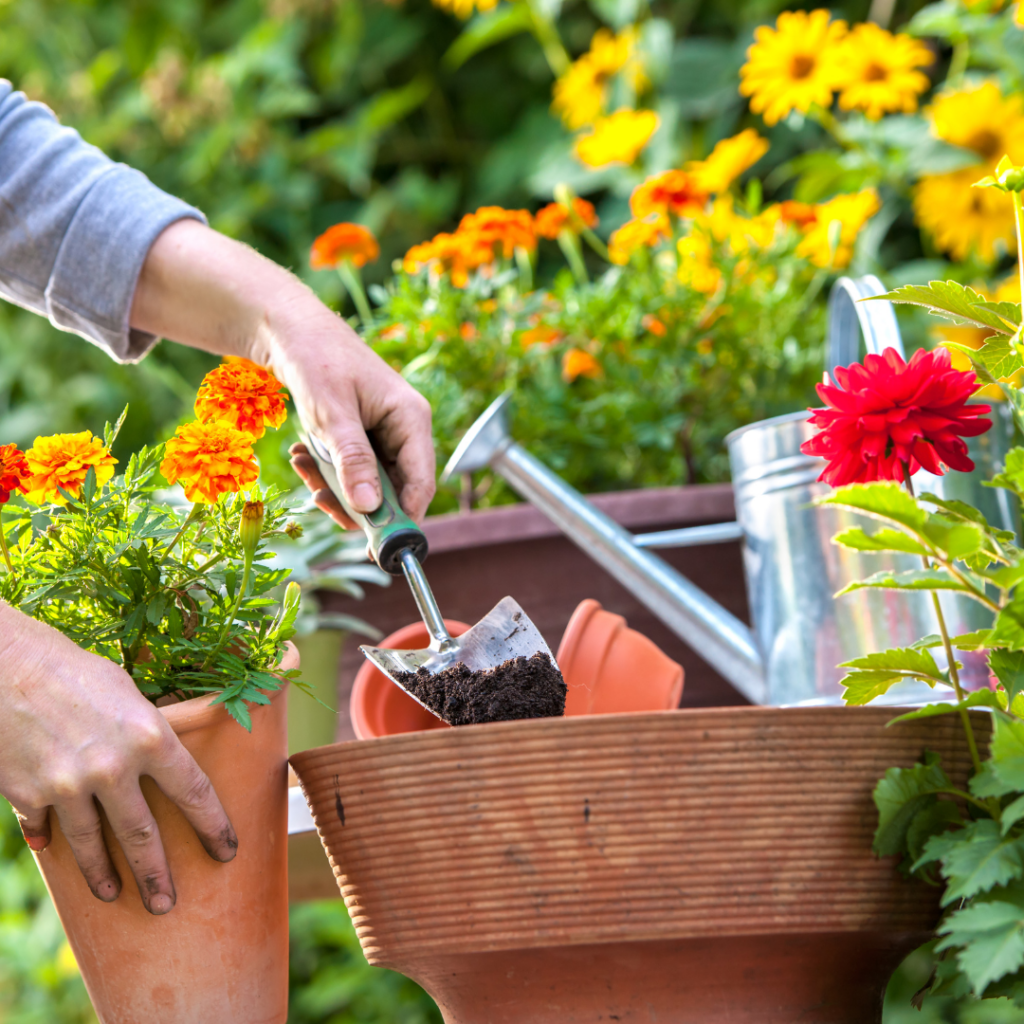
Things You Can Do to in Your Own Backyard!
Even small things make a huge difference for pollinators!
One of the goals of this project is to inspire our community to realize the many things that you can do to help a pollinator’s journey be easier, and you can do them in your own home!
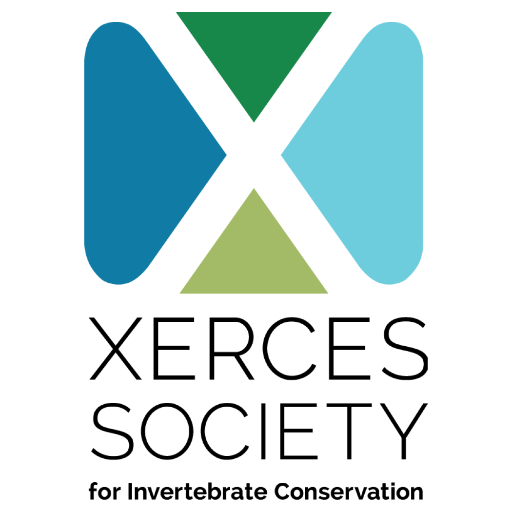
A great resource for native pollinator plant ideas in our area is provided by the Xerces Society
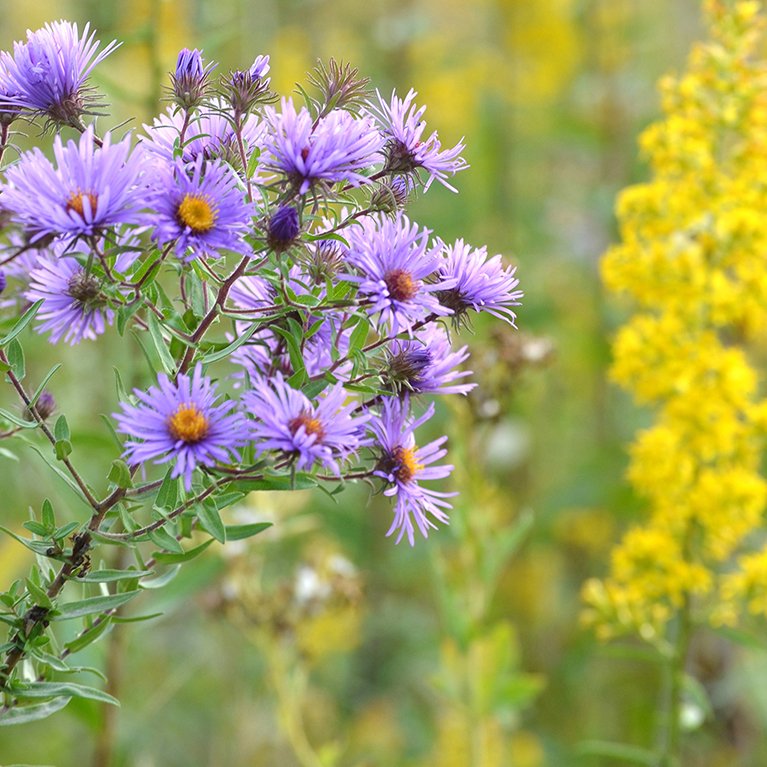
Be sure to include a diversity of species that bloom at different times throughout the pollinator season.

Educate yourself about harmful invasive species that crowd out the plants that pollinators need to survive, and that you should consider getting rid of.

Don’t use pesticides or chemical fertilizers; organic soil is the safest way to go.
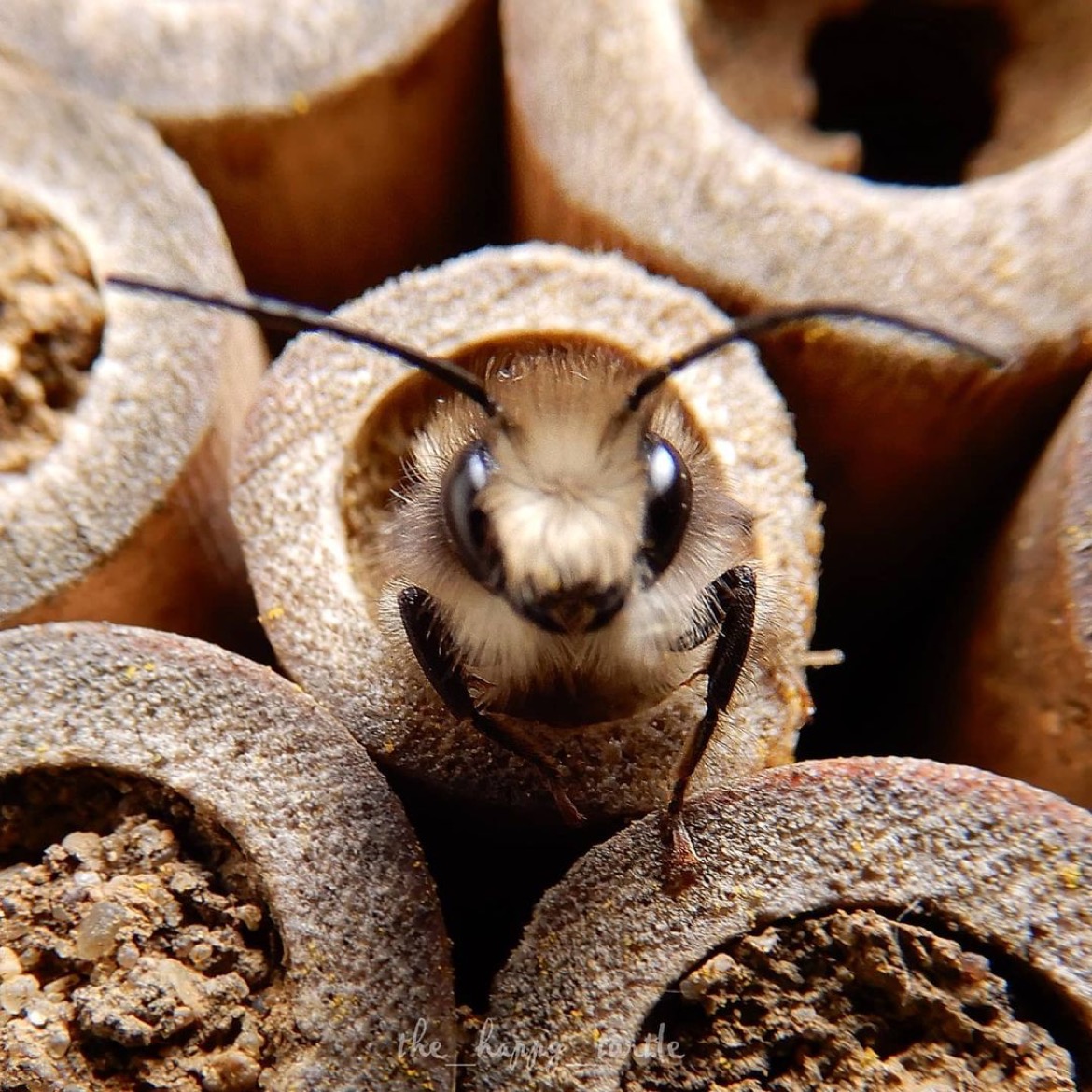
They are easy to make, and fun to watch the bees move in!

–Make your lawn smaller by adding pollinator flowers, shrubs and trees – it benefits pollinators and the climate by requiring less mowing!
–Leave a bit of bare ground and old wood for nesting native bees.
–Leave raking your fall leaves until spring, so that pollinators already using them can have shelter over the winter

Container gardens on patios – or if you don’t have a lot of space, or time to plant in ground –
offer pollinators a wonderful feeding stop on their journey!
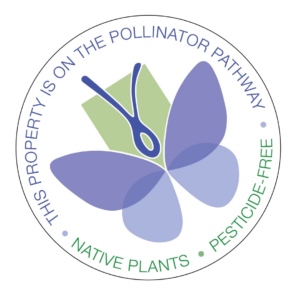
What is a Pollinator Pathway?
Once you do all that, you can make your home an official pollinator pathway by going to this link to add your property to the pathway, and this link to order a pollinator pathway sign. You can also join a local club, group, or land trust to help on a wider scale.
Pollinators are super important to our earth and to make sure that they can thrive in this environment. One of the best ways to do this is to create a pollinator pathway. A pollinator pathway is basically stops along a path that helps pollinators stay alive. The pathways can be plants or gardens that help keep the pollinator strong and healthy. This is incredibly crucial for pollinators for many reasons. For example, Monarch Butterflies only lay eggs on Milkweed. They need that plant and making a pollinator pathway helps pollinators have easy access to plants they need. Most pollinators can’t travel that far between plants and some insects and can only travel a couple of miles between plants.
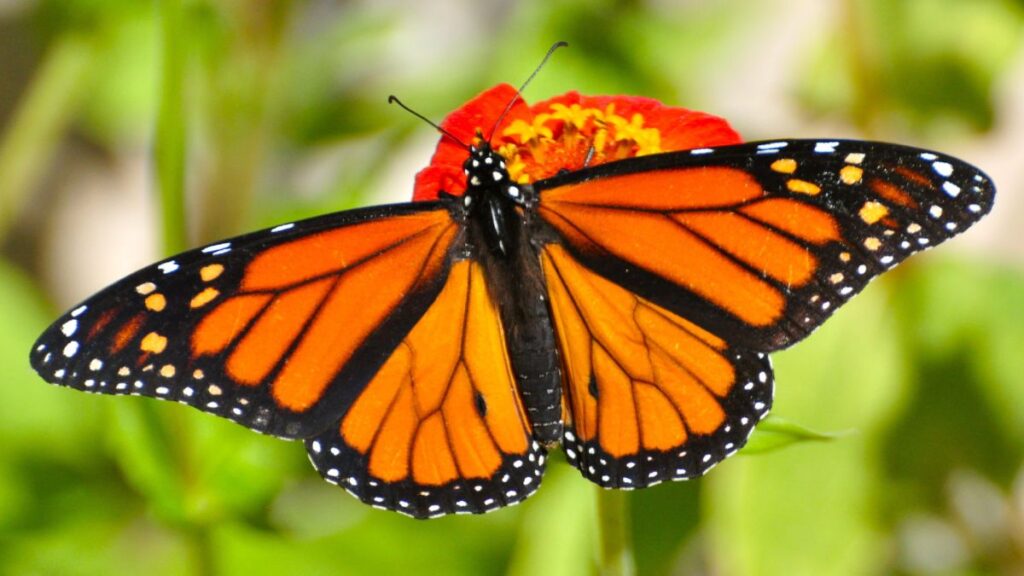
Plant Milkweed to Help Endangered Monarch Butterflies
The Monarch Butterflies are marvelous insects that are now in danger. The major cause of the Monarch Butterflies being endangered is the world going more urban, which decreases Monarch Butterflies habitat and access to food. Adult monarchs feed on the nectar of many flowers, but they breed only where milkweeds exists, as it is the only food their larvae can eat. The Pollinator Garden will benefit the Monarch Butterflies by giving them food and help them get off the endangered list.
About BMS Pollinator Project 2023
Learn more about our projectA new look on Village beautification that benefits our ecosystem
We are a team of 8th graders from Bulkeley Middle School Civics class in Rhinebeck striving to create a more vibrant and healthier habitat for local pollinators. We hope the visibility of gardens we are creating around the Village inspires our community to recognize the small steps we can all take to benefit our local ecosystem. They are also beautiful ways to welcome visitors to our area.
What We Hope to Achieve with This Project?
Pollinator Project 2023 hopes to bring more life and spark into the village of Rhinebeck. Lately we have been feeling like the Village has been dull, and we hope to replenish it with the help of pollinators, including bumblebees and a host of native bees, hummingbirds, butterflies and moths. We hope to add many container gardens for all of the pollinators to have somewhere to go. We will have gardens by local stores on Market Street, so more nature will be included in the village. We hope that people will be inspired and put their own container gardens in their yards. We are also creating pollinator gardens at the Lion’s Club Mini Park as a gateway visibility area to our school. Rhinebeck is known to be a very environmentally friendly place, and we want to reflect that by this project.
THANK YOU TO OUR COMMUNITY PARTNERS!

